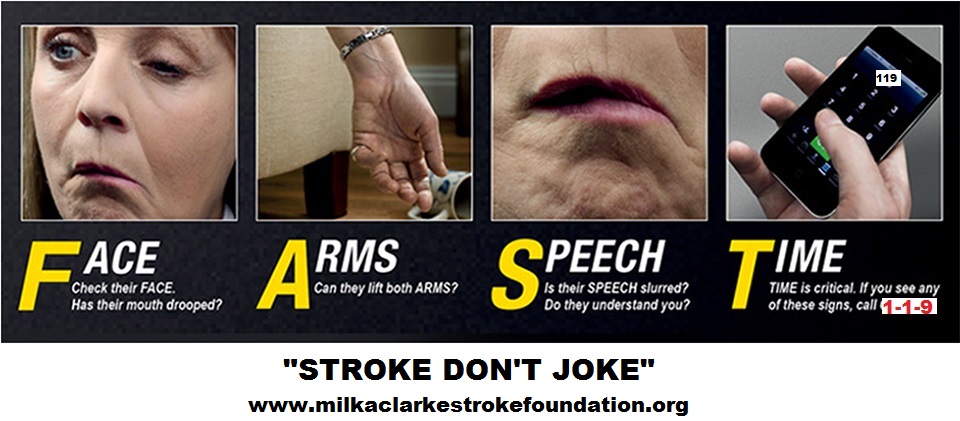The use of medical cannabis to help manage or alleviate symptoms related to a significant number of conditions continues to gain in popularity in Jamaica. Currently there are more users than before due to the new laws that allow for medical cannabis use.
The number of medical cannabis users in Jamaica is expected to grow as more people, especially Christians, realize that cannabis is medicine and has always been medicine, stigmatized due to the nefarious intent of the powers that be in more powerful countries.
One of the most frequent questions is how to figure out the difference between the cannabinoids, THC and CBD.
What are Cannabinoids?
Basically, cannabinoids are chemical compounds produced by the cannabis flower that act on the cannabinoid receptors scattered throughout the body. These receptors are part of the larger endocannabinoid system, which works in the same way as your other systems (nervous, digestive, etc.) to manage processes in the body such as appetite, pain-sensation, mood and memory.
When the endocannabinoid system is not working properly, the results are physical complications and illness.
Cannabinoids such as THC and CBD help by mimicking your natural endocannabinoids, providing relief from the symptoms.
What is THC?
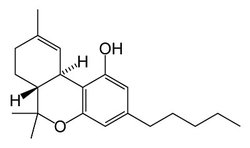
- Immune system regulation
- Anti-inflammation
- Pain relief
- Increased mood
- Euphoria stimulation
- Appetite stimulation
- Muscle relaxation
- Reducing some types of epileptic seizure
- Reducing nausea
Studies have found that THC reduces spasticity and spasms in patients with Multiple Sclerosis.
What is CBD?
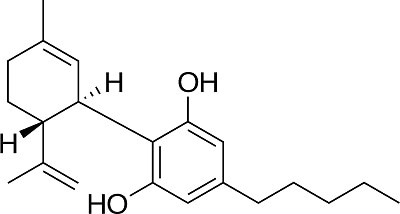
- Pain relief
- Reducing nausea
- Reducing anxiety
- Controlling epilepsy
- Immunosuppression
- Muscle relaxation
- As an anti-psychotic
- Reducing inflammation
- Reducing insomnia
- Calming
Medicinal cannabis high in CBD and extremely low in THC has been used with children with varying disorders, particularly rare forms of epilepsy when all other treatment options have been explored.
While both THC and CBD are becoming a more popular option as a tool to help alleviate symptoms felt as a result of a number of medical conditions, the optimal dosing level of each is not known. Studies are ongoing to discover the full potential of both CBD and THC. By finding the right balance of the two a patient can achieve therapeutic treatment without experiencing an unwanted euphoria.
Yet finding the right balance of THC and CBD, determining whether inhalation of herbal cannabis through a vaporizer or ingesting cannabis oil, and setting the right dosage are frequently the biggest challenge a patient faces when they start to use medical cannabis. As a result, it can feel like a process of trial-and-error, working with a health care practitioner to determine the ideal combination to help a patient find relief.
Once a patient does find their “sweet spot” as it were, it can help return to them a quality of life they may have thought gone. Finding relief, with little to no side-effects is what draws most people to cannabis as a form of treatment, and what a relief it is!
Sources:
Koppel BS, Brust JC, Fife T, Bronstein J, Youssof S, Gronseth G, Gloss D (April 2014). "Systematic review: Efficacy and safety of medical marijuana in selected neurologic disorders: Report of the Guideline Development Subcommittee of the American Academy of Neurology".
Neurology. 82 (17): 1556–63.
https://www.ncbi.nlm.nih.gov/pmc/articles/PMC4011465/
Tabitha A. Iseger, Matthijs G. Bossong (October 2014) A systematic review of the antipsychotic properties of cannabidiol in humans. Schizophrenia Research.
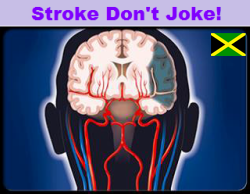
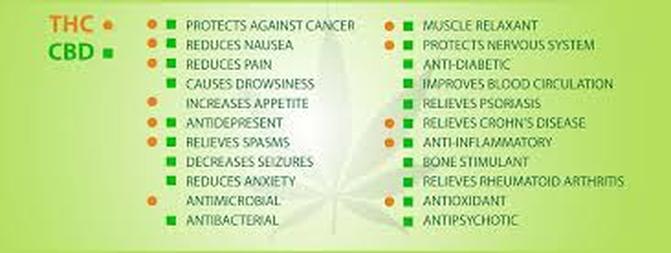
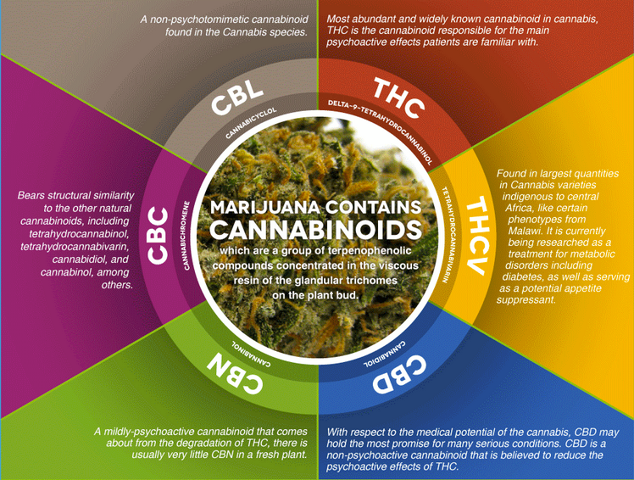

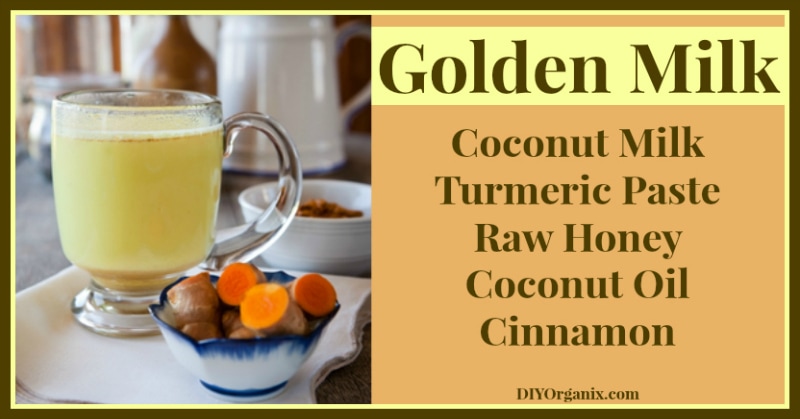
 RSS Feed
RSS Feed







